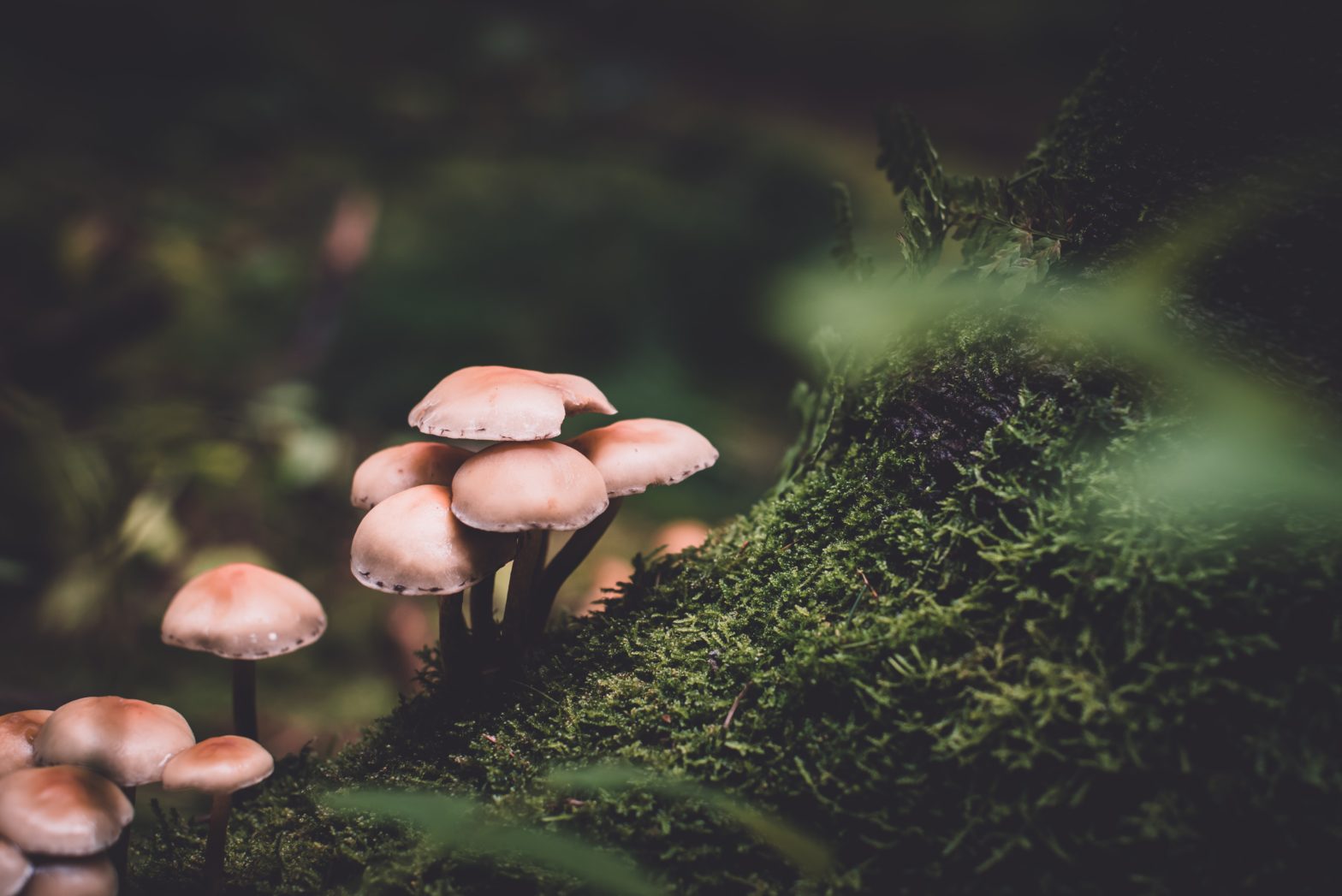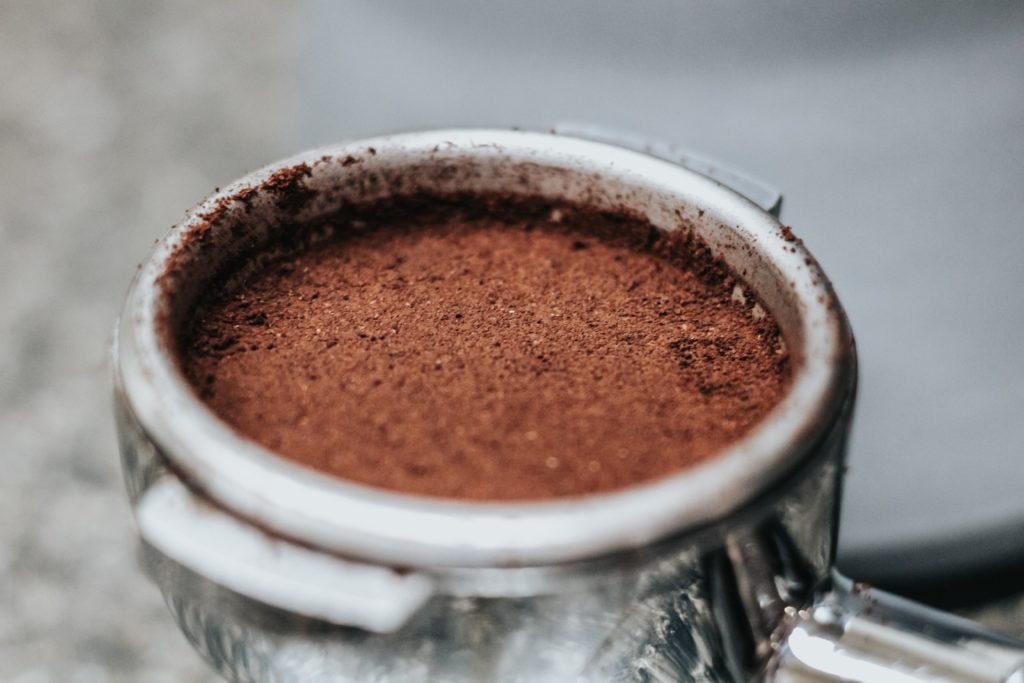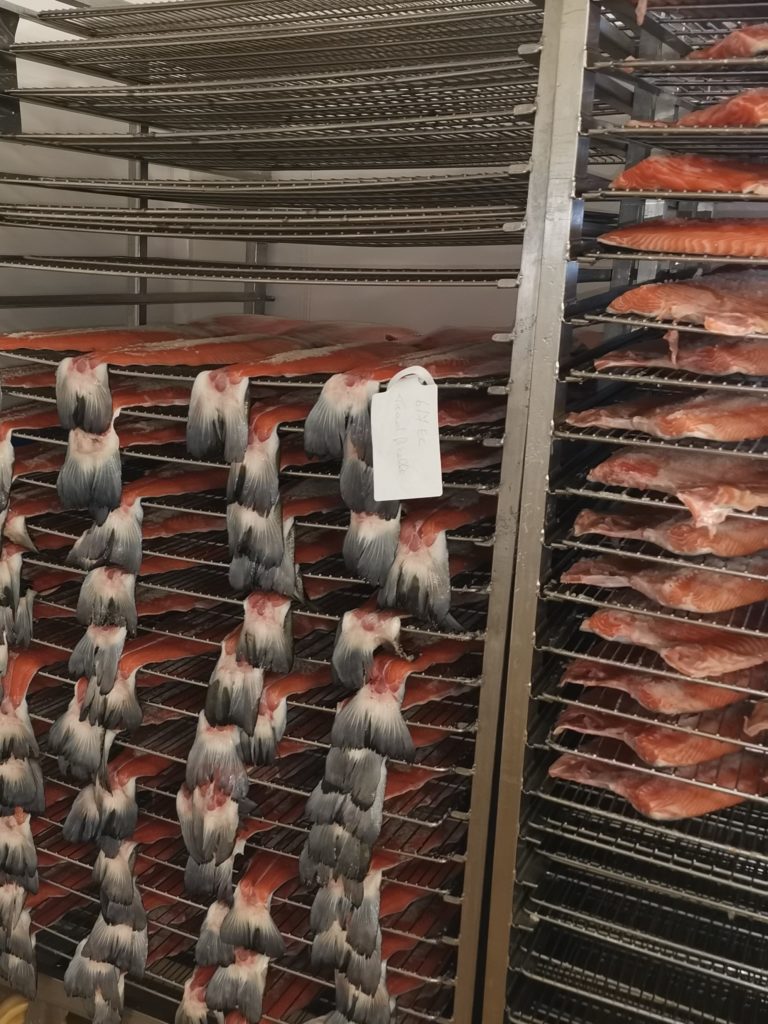Why shift to the blue economy ?

The circular economy has its origins in various schools of thought. The blue economy is one of these currents and inspires Upcyclink’s work. What are the main principles behind the blue economy? Why commit to this approach ?
Origin of the blue economy concept
The blue economy is a concept initiated in the 90s by Gunter Pauli, a Belgian entrepreneur nicknamed the Steve Jobs of sustainable development, member of the Club of Rome. It is based on bio-mimicry. Bio-mimicry is a scientific approach that consists of “drawing inspiration from the essential properties (e.g., forms, compositions, processes, interactions) of one or more biological systems to develop processes and organizations that allow for the sustainable development of societies” (Source: Ministry of Ecology). Thus, the Blue Economy is inspired by the behavior of nature to meet the fundamental needs of humans and living organisms.
Waste is the resources
The Blue Economy starts from the following observation: in nature, waste does not exist, each waste created by nature is reused by it. For example, the leaf is converted into humus, which itself enriched by other elements, forms the nutrients necessary for the tree to generate new leaves.
The Blue Economy aims to reuse everything that is considered waste to produce something else. “By using available resources in cascading systems, (…) the waste of a product becomes an input to create a new source of profit” (Blue Economy Manifesto – Source: Ellen Mac Arthur Foundation). Each waste has a value, in a cascading economy that ultimately produces no more “waste”. It is thus opposed to the current economic model which produces a lot of waste and upcycles very little.
Towards a regenerative cyclical model
The Blue Economy proposes the evolution of our linear production systems (extract-produce-consume-discard) towards cyclical, regenerative systems, where abundance is at hand without extra cost, thanks to the valorisation of what was previously wasted. And the opportunities to do better are numerous.

Let’s take the example of coffee. We use only 0.2% of the cultivated biomass, the rest is thrown away. The remaining 99.8% can be used to make mushrooms grow 3 times faster thanks to their superior nutrients compared to conventional compost. The roots of these mushrooms become a new material: a bioplastic, biodegradable, resembling polystyrene, which is a thermal and acoustic insulator. In addition, coffee grounds can be used to create UV and odor absorbing textiles, thanks to their deodorizing properties.
“New production systems and business models will be based on how Nature uses physics and biochemistry to build complete systems, working in harmony.” (Source: Gunter Pauli, The Blue Economy 3.0, 2019).
Thus, in addition to the principle of zero waste, the principle of proximity, i.e., using what is locally available, and the principle of innovation, being as creative as nature, are the main principles of the Blue Economy.
Why does this model inspire Upcyclink?
At Upcyclink, we believe that the state of the planet no longer allows us to waste resources. We are committed with our customers to a Blue Economy approach with the ambition to help transform the food system into a circular system where waste is considered a resource.
Upcyclink ” upcycles” food for its original purpose: this generally means that if the food is still fit for human consumption, it should be fed to humans. If not, it should be reused to feed animals and plants. Upcyclink’s technology enables the recovery of biowaste into marketable, sustainable products at competitive prices, with a wide range of applications, from field to plate, offering a redistribution of value to all stakeholders.
For a triple benefit: social, environmental and economic.
Does this model inspire you ?
For more information :


